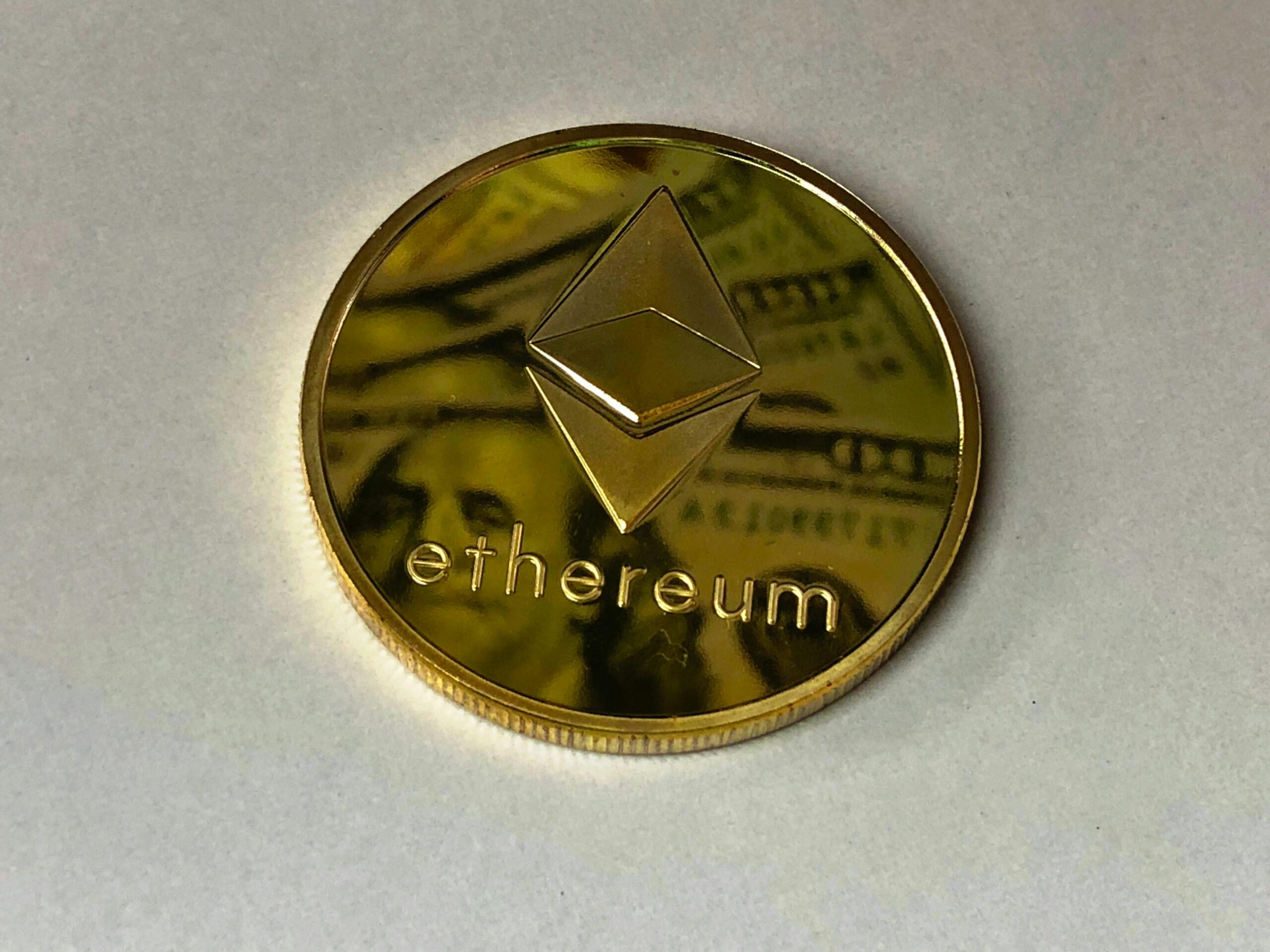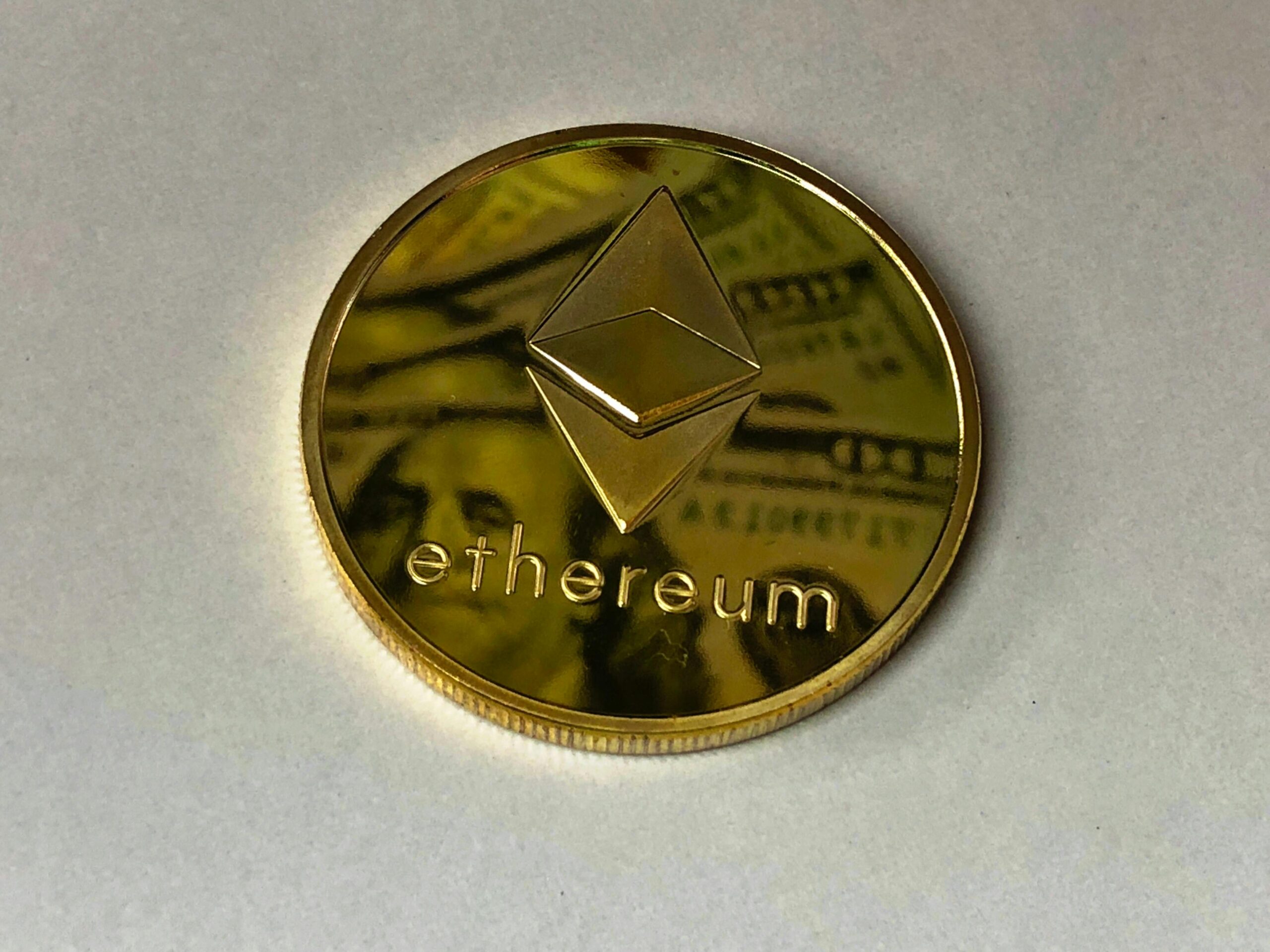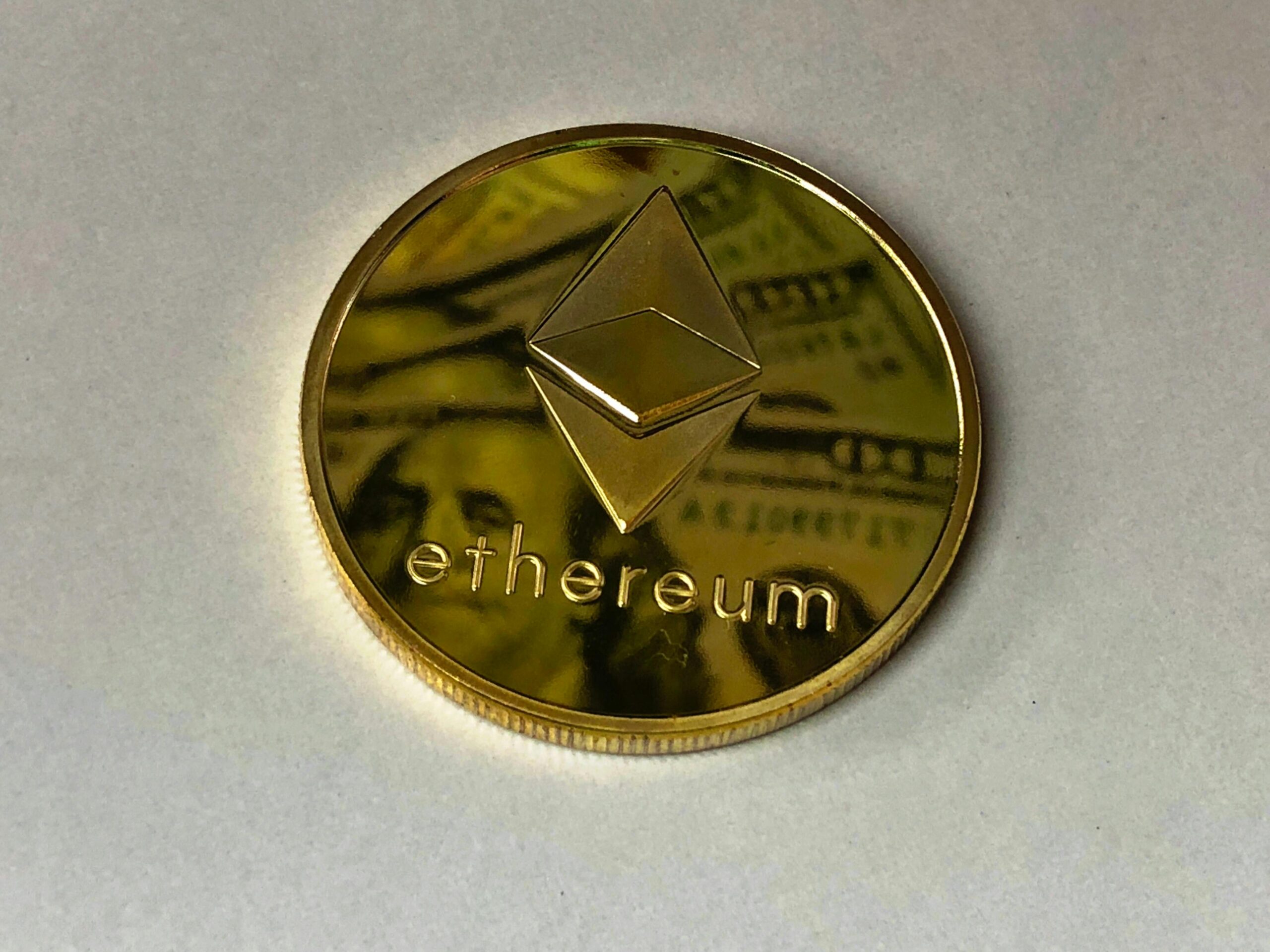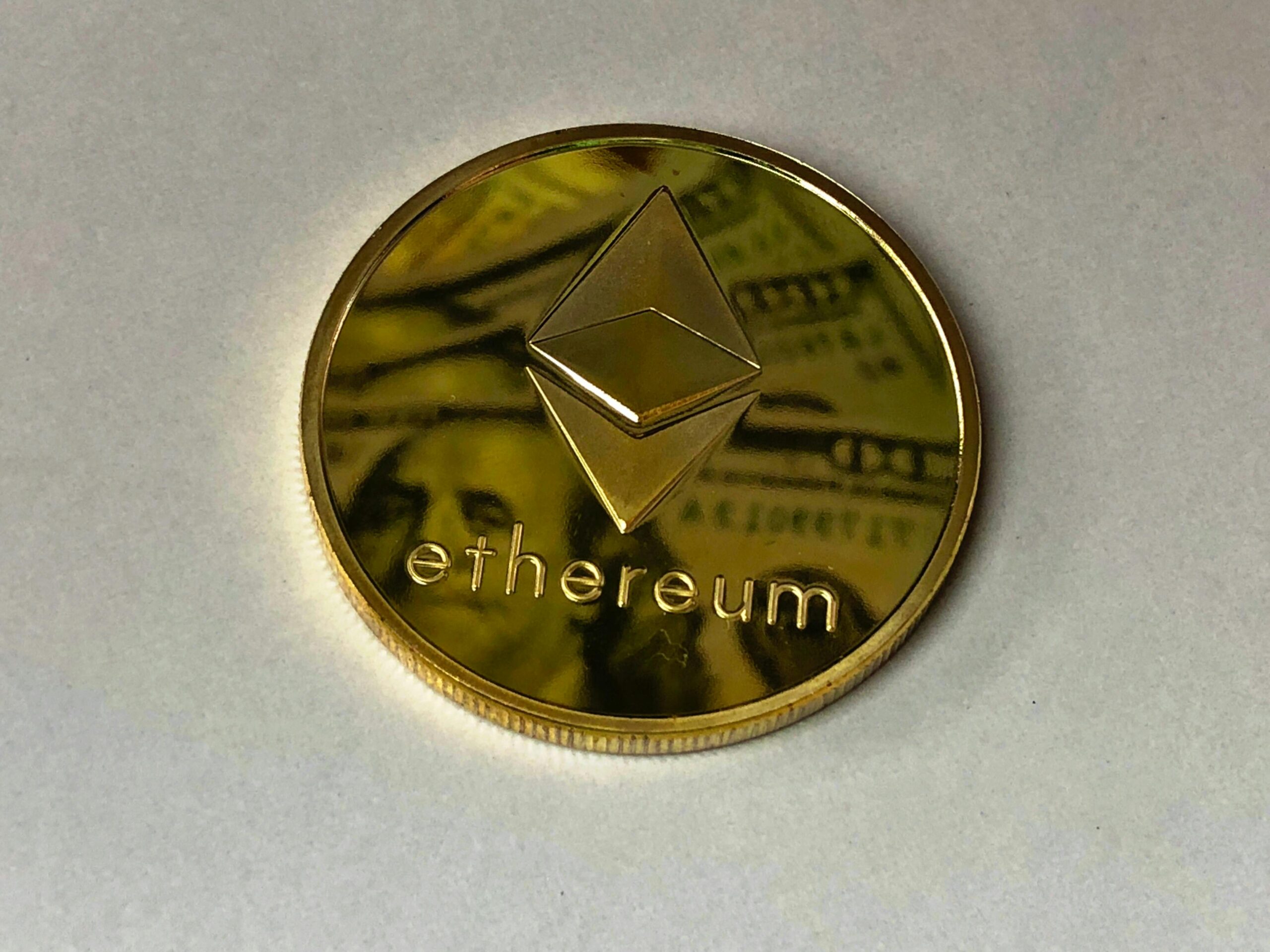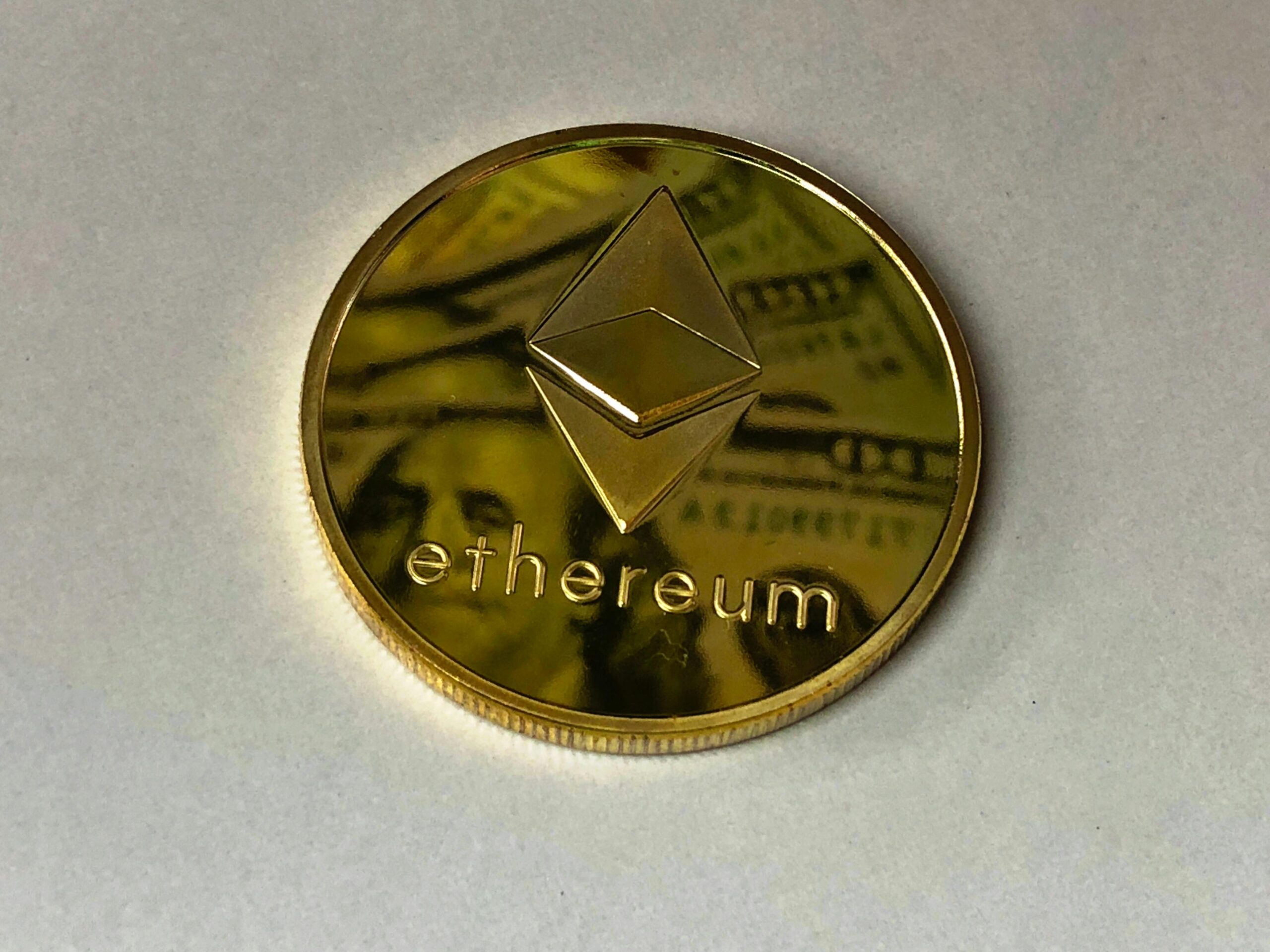
So you want to know how crypto wallets work? Well, let me tell you – it’s a fascinating topic. As a teacher, I’m excited to share my knowledge with you.
First off, a crypto wallet is essentially a software program that allows you to store, send, and receive cryptocurrencies like Bitcoin or Ethereum. It’s similar to a traditional wallet, but instead of holding physical cash, it holds your digital assets. Now, just like how you keep your cash in a safe place, like a purse or a piggy bank, crypto wallets serve the same purpose – to protect your cryptocurrencies from unauthorized access.
Here’s where things get interesting: there are two main types of crypto wallets – hot and cold wallets. The difference between them lies in how they store and manage your private keys (more on that later). Hot wallets are connected to the internet, which makes them more convenient for everyday transactions. You can think of a hot wallet like an online bank account – it’s easily accessible, but also more vulnerable to hacking attempts.
Hot wallets come in various forms, such as desktop software (like Electrum or MyEtherWallet), mobile apps (like Coinbase or Trust Wallet), and even web-based wallets (like MetaMask). They’re great for making quick transactions, checking your balances, or sending a few bucks to friends. However, because they’re constantly connected to the internet, hot wallets are more susceptible to cyber threats. Think of it like leaving your purse unattended in a crowded restaurant – there’s always a risk someone might try to snatch it.
Now, cold wallets, on the other hand, are offline storage solutions that keep your cryptocurrencies completely disconnected from the internet. They’re essentially digital vaults that store your private keys securely, away from prying eyes. Cold wallets come in different shapes and sizes, including hardware devices (like Ledger or Trezor), paper wallets, or even brain wallets (more on those later). These types of wallets are ideal for long-term storage or holding large amounts of cryptocurrencies.
The primary benefit of cold wallets is their security. Since they’re offline, hackers can’t reach them – it’s like storing your valuables in a fireproof safe at home. However, this added security comes with some inconvenience: you’ll need to physically connect your cold wallet to the internet whenever you want to make a transaction or check your balance.
Now, let’s talk about private keys – a crucial concept when understanding crypto wallets. Private keys are essentially passwords that grant access to your cryptocurrencies. They’re used to sign transactions and prove ownership of your digital assets. When you create a new wallet, it generates a unique pair of keys: a public key (which is like an account number) and a private key (the password). Your public key can be shared with others to receive funds, but keep that private key safe at all costs!
When using a hot wallet, your private key is typically stored on the device or in the cloud. While this makes it easy to access and manage your funds, it also increases the risk of hacking attempts. Cold wallets, as I mentioned earlier, store your private keys offline – either on a physical device, printed on paper, or even memorized by you (that’s what we call a brain wallet!). This makes them significantly more secure.
To give you an analogy: think of your crypto wallet like a house with two doors. Your public key is the front door – it lets people know where to send mail (or in this case, cryptocurrencies). Your private key is the backdoor key – only those who have it can enter and access what’s inside (your digital assets).
Now that you’ve got a better understanding of hot and cold wallets, I want to emphasize the importance of choosing the right wallet for your needs. If you’re new to crypto or just starting out with small amounts, a hot wallet might be fine – they’re user-friendly and convenient. However, as you accumulate more assets or start holding cryptocurrencies long-term, consider moving them to a cold wallet.
Lastly, don’t be afraid to diversify your wallets! Some people keep their daily spending money in a hot wallet for ease of use, while keeping larger amounts safely stored away in a cold wallet. It’s like having multiple purses for different occasions – each with its own level of security and convenience.
That concludes our lesson on crypto wallets today! You now know the difference between hot and cold wallets and how they work to protect your digital assets. Keep learning, keep exploring, and remember: always be careful when managing your cryptocurrencies!
I’m sure you’ve got questions or concerns – feel free to ask me anytime.










